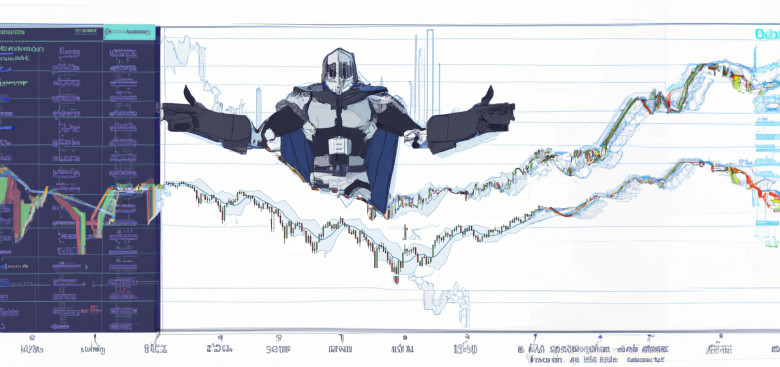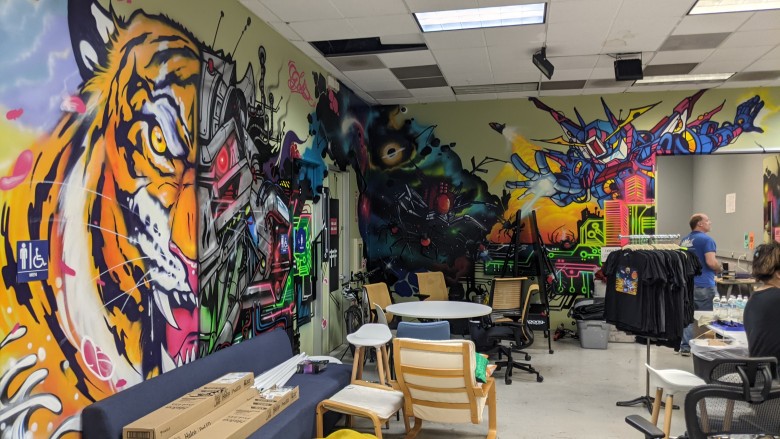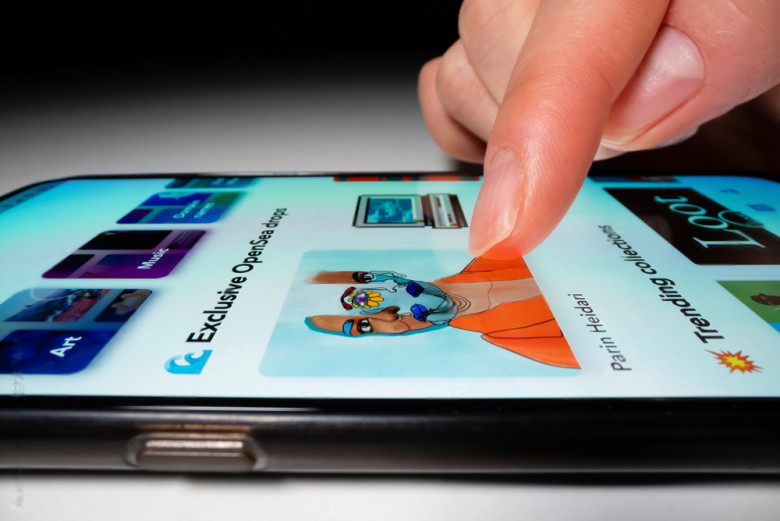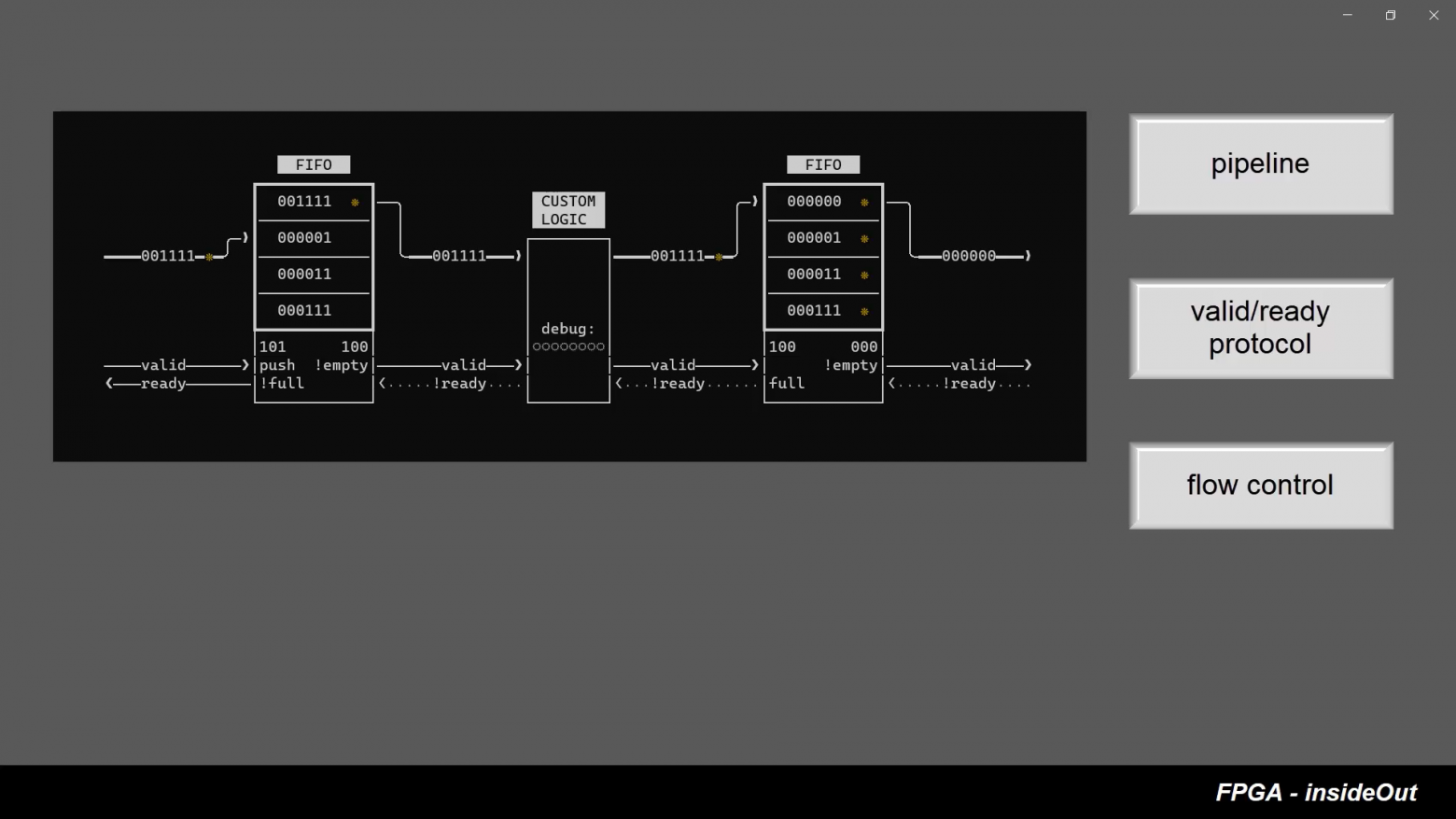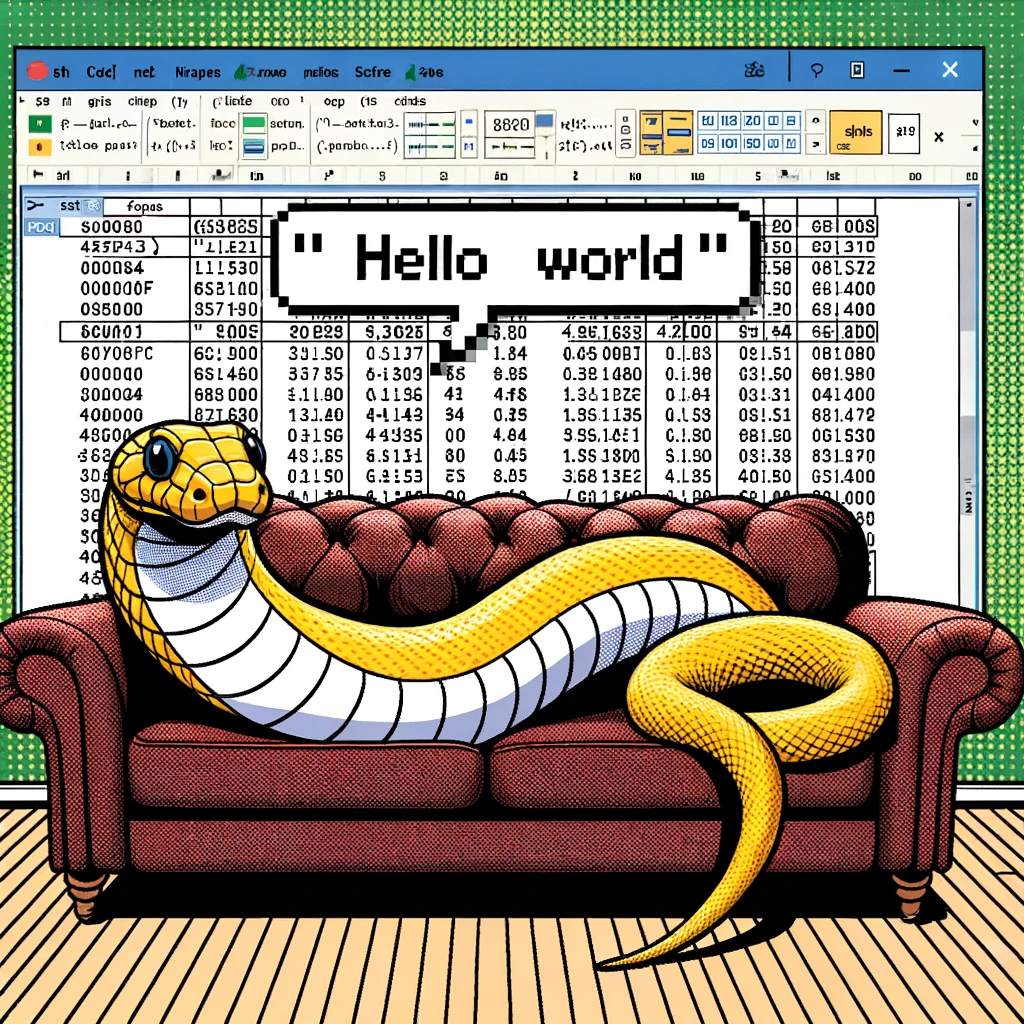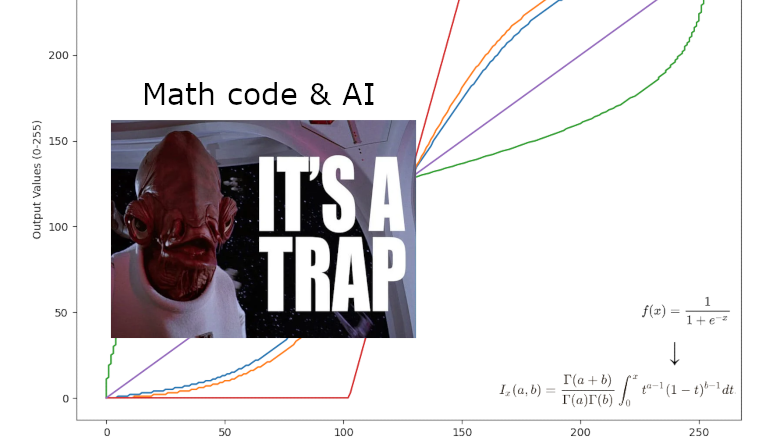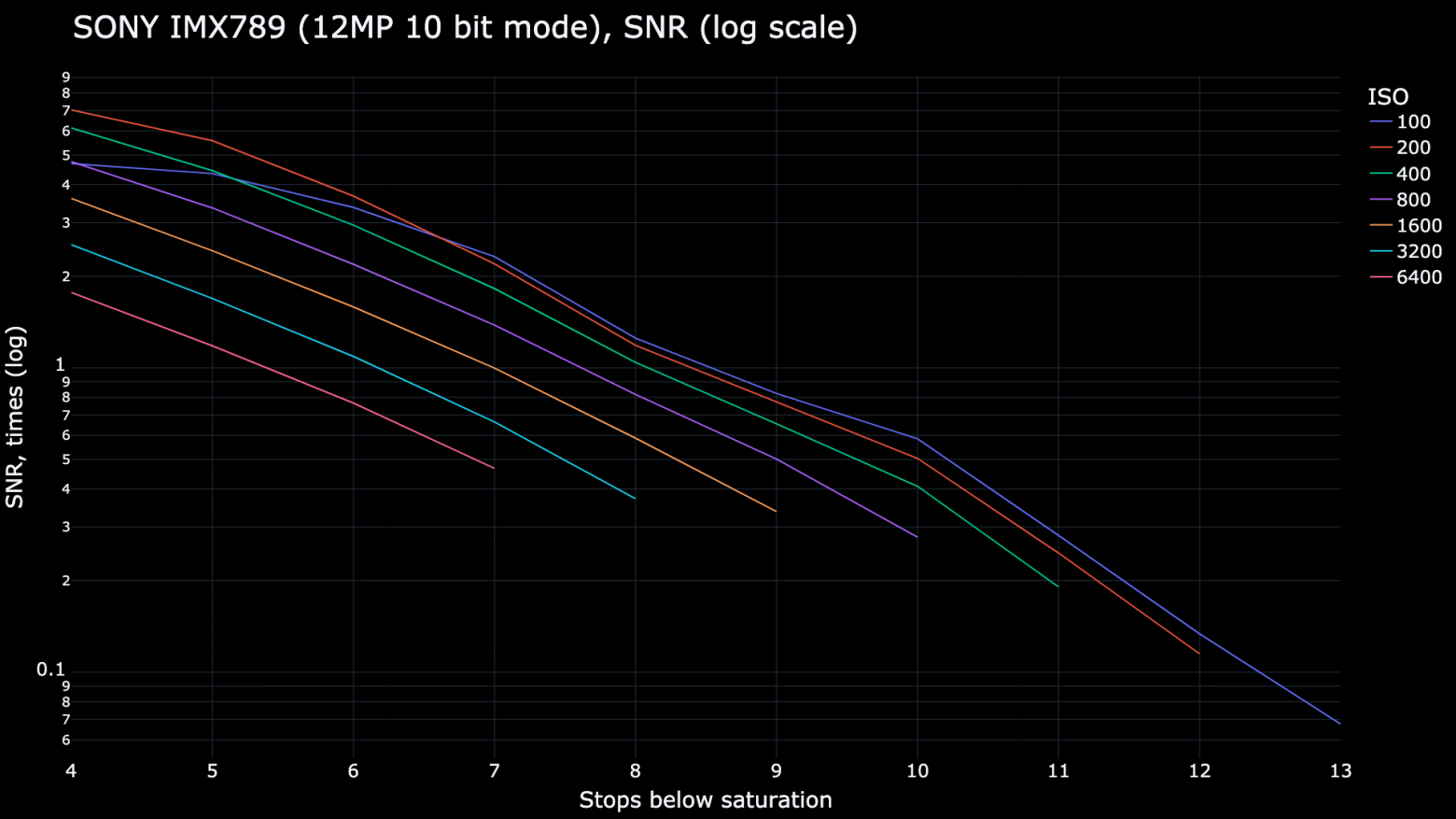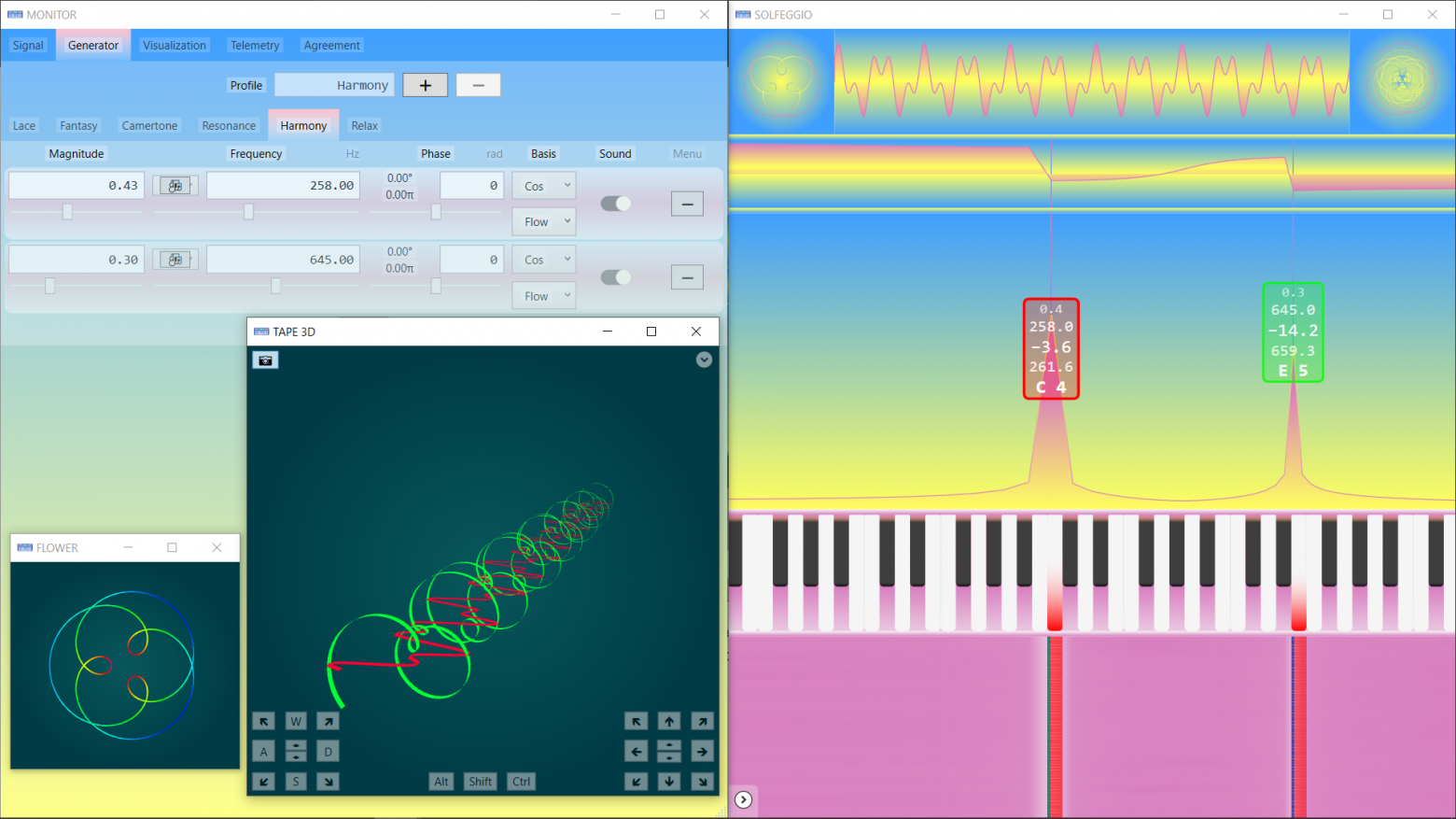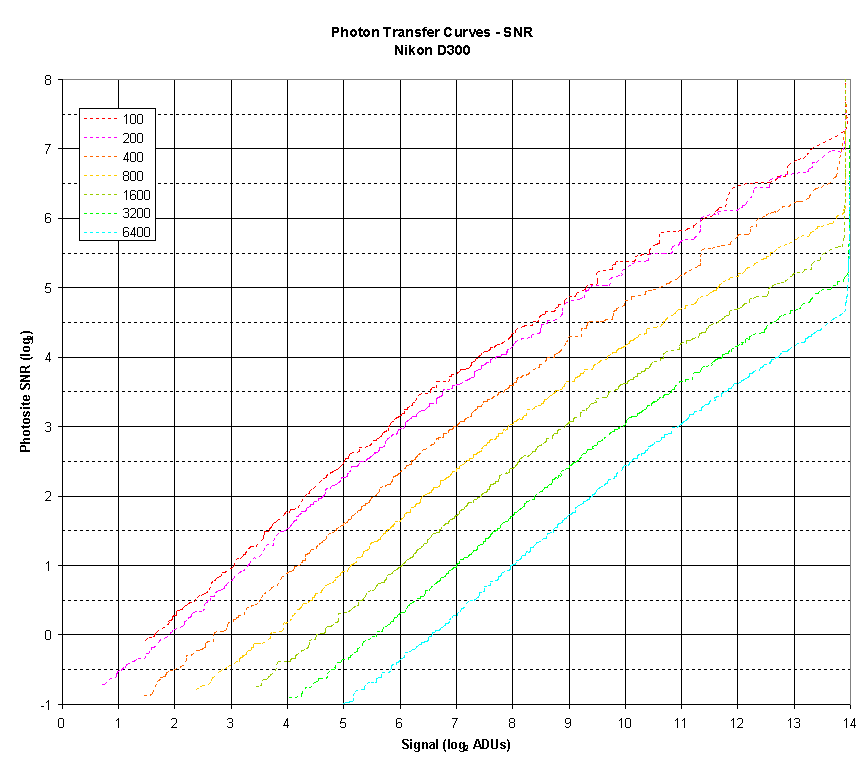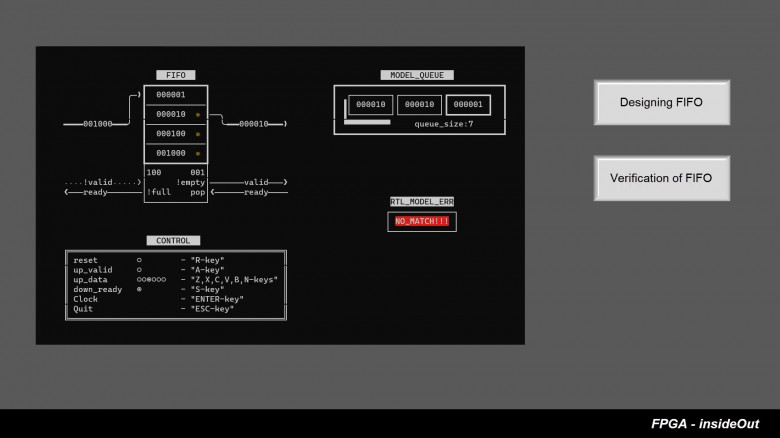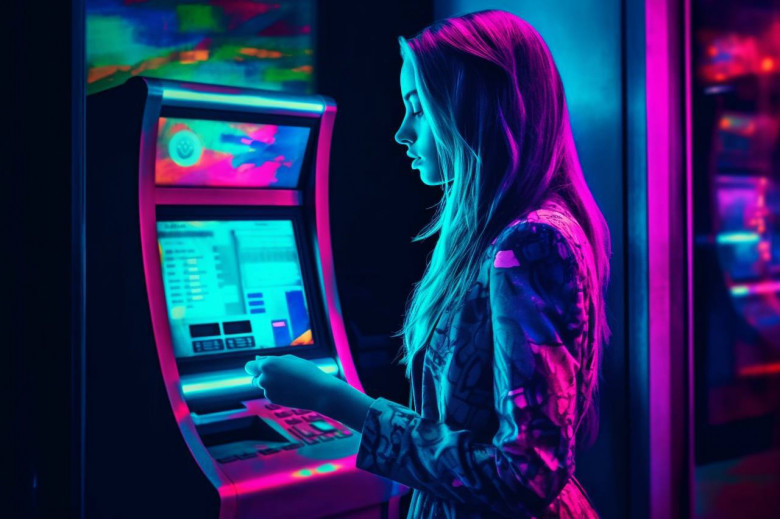
Gleb Kulev, Candidate of Technical Sciences
The rapid exploration of outer space has faced a problem related to the insufficient efficiency of modern rocket engines. As a solution to this problem, the concept of a jet engine based on new operating principles is proposed, using a combination of known physical laws and having advantages over known types of jet engines.The article presents the results of testing three modifications of jet engines based on new operating principles and their analysis. The article discusses the physical principles of operation of a jet engine based on new principles, its advantages and problems arising during its creation.

